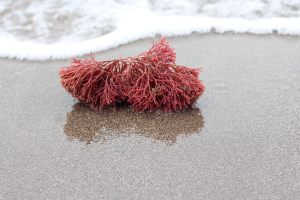
Hysteresis temperature in gels refers to a phenomenon in which the physical properties of a gel, such as its viscosity, elasticity or stiffness, can vary depending on whether the temperature increases or decreases.
This phenomenon may occur because gels are complex systems that can interact with temperature in different ways. For example, the gel molecular structure can change when the gel heats up, which can affect its physical properties, such as its viscosity or elasticity. Similarly, when the gel cools down, it may undergo changes in its structure and physical properties.
Hysteresis temperature is a common phenomenon in many types of gels. Agar has the highest hysteresis of all hydrocolloids. Once dissolved in water at a 1-1.5% concentration, the solution forms a gel when cooled to 34-38°C, and this gel only melts when heated to 85-90°C.
This allows the solution to solidify easily at room temperature without refrigeration, therefore this gel can be heated again, making it stable at quite high temperatures. Curiously, this enables to have agar solutions in the range of 35-85ºC, either in liquid or gel state.
A clear example in which we observe this useful property of agar is when cooking, since it allows us to maintain, for example, frostings or toppings with a solidified and stable appearance even in warm spaces.





